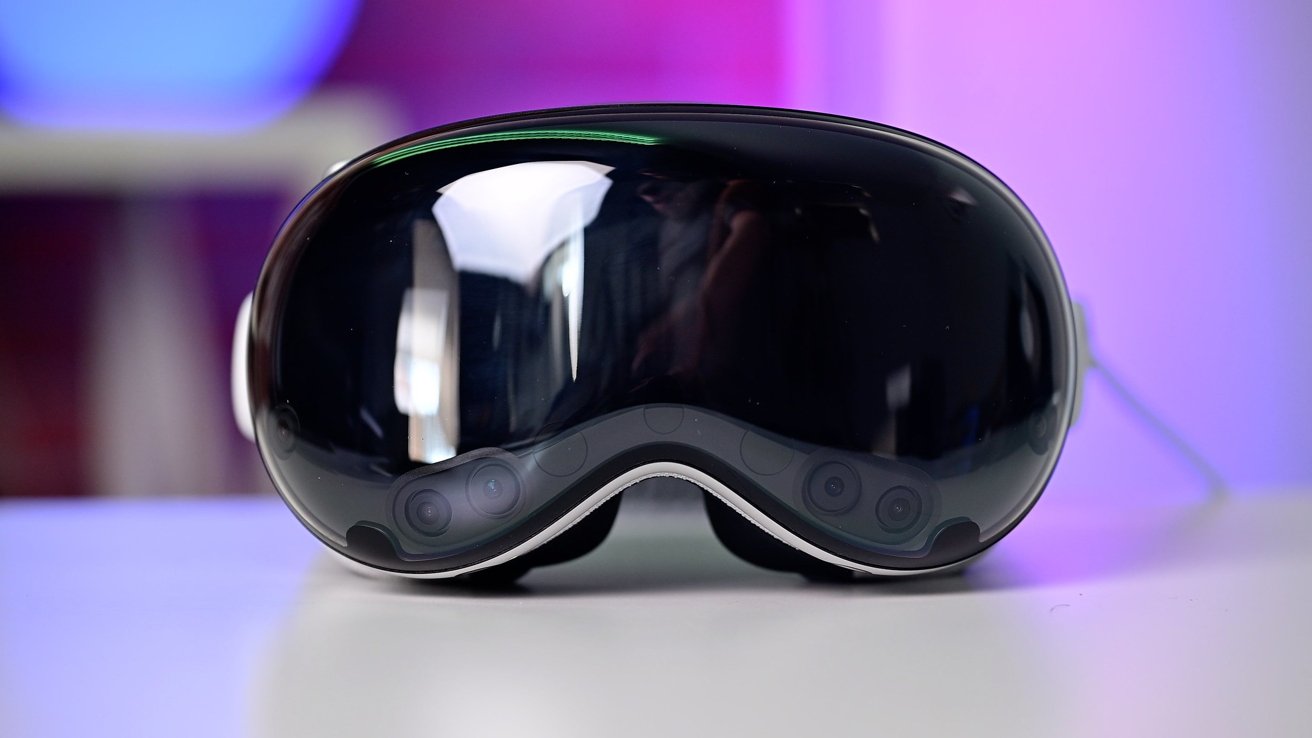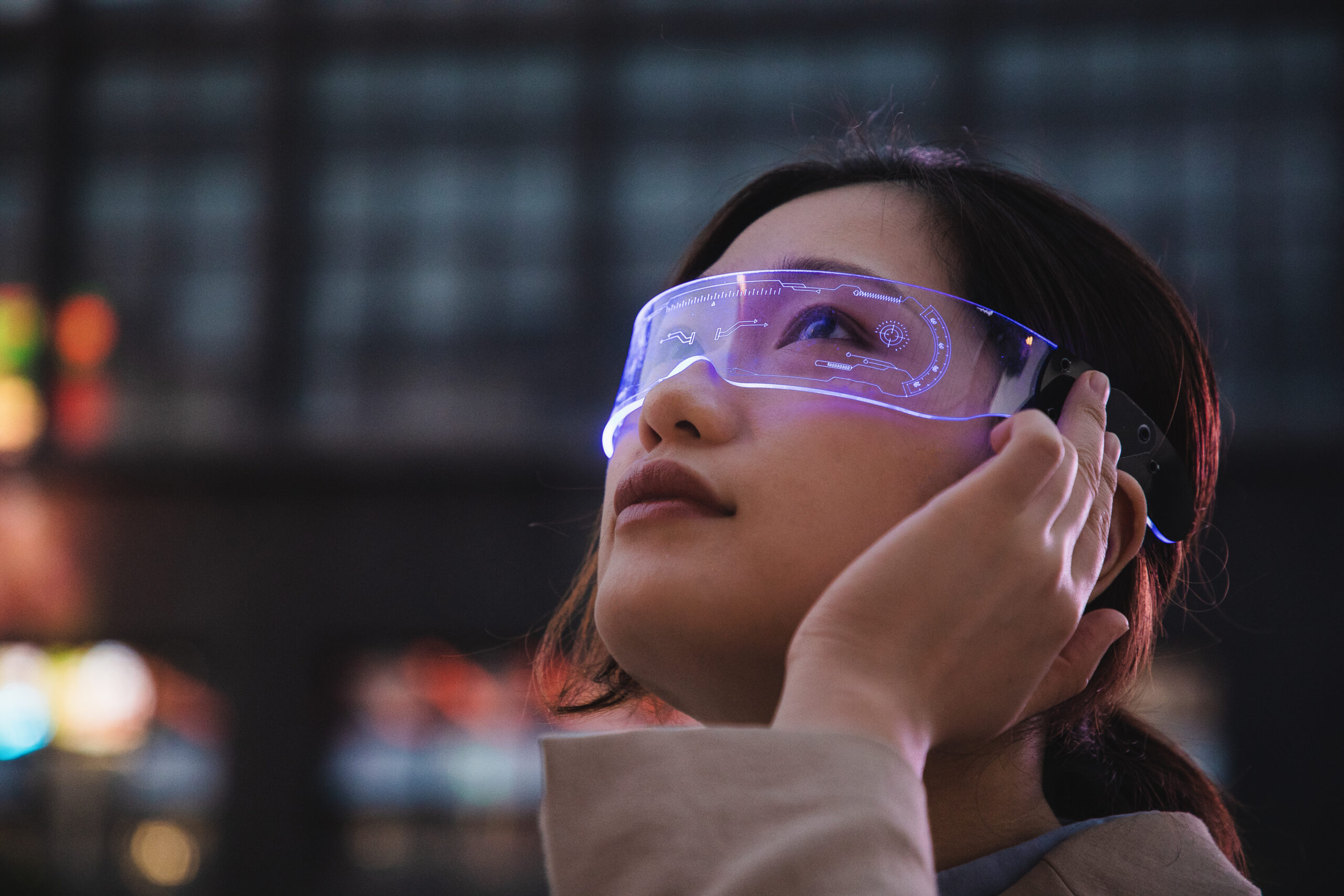Apple’s latest iteration of the Vision Pro headset, powered by the M5 chip, introduces notable enhancements in speed and comfort. However, its substantial price tag of $3,499 continues to position it as a premium product, potentially limiting its appeal to a broader audience.
Performance and Display Enhancements
The integration of Apple’s M5 chip into the Vision Pro headset marks a significant advancement in processing capabilities. This upgrade facilitates a 10% increase in pixel rendering on the micro-OLED displays, resulting in sharper and more vibrant visuals. Additionally, the M5 chip supports refresh rates up to 120Hz, offering smoother motion and a more immersive user experience. AI-driven features, such as Personas and spatial photos, have also seen performance boosts, operating up to 50% faster than in previous models. Battery life has been extended by approximately 30 minutes, now providing up to 2.5 hours of general use and three hours of video playback.
Design and Comfort Improvements
A key physical enhancement in the M5 Vision Pro is the introduction of the Dual Knit Band. This new design aims to distribute the headset’s weight more evenly, improving balance and reducing strain during extended use. The band features a top strap for added security and comfort, and is available separately for $99, compatible with both the M5 and original Vision Pro models.
Market Position and Pricing
Despite these advancements, the Vision Pro M5 maintains its original price point of $3,499. This pricing strategy suggests that Apple continues to target a niche market, potentially limiting widespread adoption. The headset’s bulkiness and the current scarcity of compelling applications further contribute to its perception as a specialized device rather than a mainstream consumer product.
Reviewer Insights
Industry experts have shared their perspectives on the Vision Pro M5:
– TechRadar’s Lance Ulanoff noted that the M5 chip effectively utilizes the high-resolution displays, enhancing visual clarity, especially in virtual desktop mode. He praised the Dual Knit Band for its improved weight distribution, making the headset more comfortable for prolonged use. However, he expressed concerns about the steep price, suggesting that a price adjustment could make the device more accessible to a broader audience.
– Marques Brownlee (MKBHD) highlighted the performance improvements brought by the M5 chip, including faster app loading times and extended battery life. He emphasized the significance of the Dual Knit Band in enhancing comfort and balance. Brownlee also suggested that the incremental updates indicate a strategic shift by Apple, possibly acknowledging the challenges in achieving mass adoption for the Vision Pro.
– Tom’s Guide’s Mark Spoonauer expressed surprise at the limited scope of the updates in the M5 model. While acknowledging the benefits of the faster chip, longer battery life, and improved comfort, he pointed out that the design remains largely unchanged and the price continues to be a significant barrier. Spoonauer also noted the lack of key applications and advanced AI features, suggesting that the anticipated revolution in mixed reality experiences has yet to materialize.
– TechCrunch’s Lauren Forristal reported on the enhanced display rendering and faster AI-powered features enabled by the M5 chip. She mentioned the modest improvement in battery life and the introduction of the Dual Knit Band for better comfort. Forristal indicated that Apple’s focus may be shifting towards developing smart glasses, positioning the M5 Vision Pro as an interim update rather than a comprehensive redesign.
– The Verge’s Victoria Song detailed the technical enhancements of the M5 Vision Pro, including increased pixel rendering and higher refresh rates. She highlighted the faster performance of AI-driven features and the slight improvement in battery life. Song described the Dual Knit Band as a hybrid design offering a more adjustable fit, available in multiple sizes and sold separately.
– Engadget’s Mariella Moon and Devindra Hardawar characterized the M5 Vision Pro as a minor refresh, noting the addition of a 10-core GPU with hardware-accelerated ray tracing. They observed the modest improvements in display quality and battery life, as well as the introduction of the Dual Knit Band. The reviewers suggested that the unchanged price point indicates that the headset remains more of a developer kit than a full-fledged consumer product.
– Gizmodo’s James Pero focused on the increased power and cost of the M5 Vision Pro. He highlighted the sharper viewing experience enabled by the M5 chip, the addition of ray tracing for immersive visuals, and the enhanced refresh rate. Pero acknowledged the improved performance of AI features and the slight extension in battery life. Despite the high price tag, he recognized the headset as the best and most performant option available for those with the budget.
Conclusion
The Apple Vision Pro M5 introduces meaningful enhancements in performance and comfort, solidifying its position as a leading mixed-reality headset. However, its high price and the current lack of compelling applications may continue to limit its appeal to a niche market. As Apple refines its strategy in the mixed-reality space, future iterations may address these challenges to attract a broader user base.



